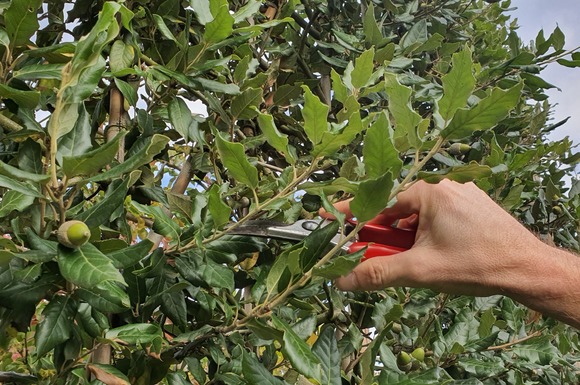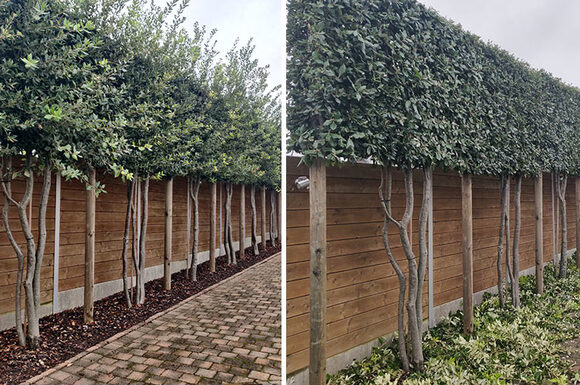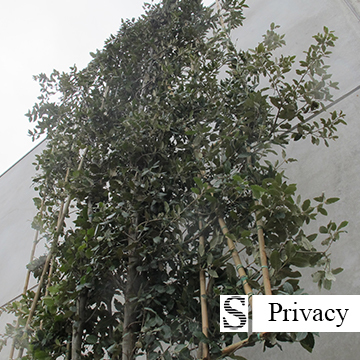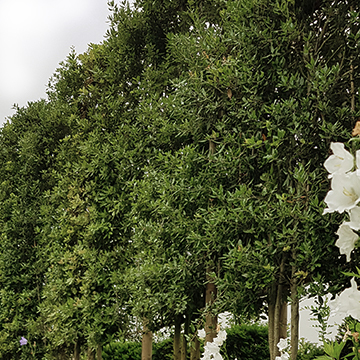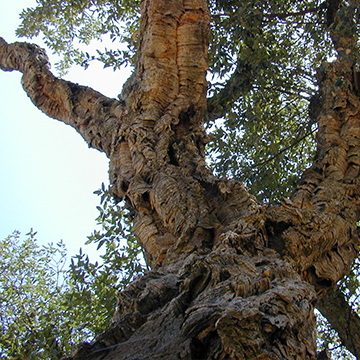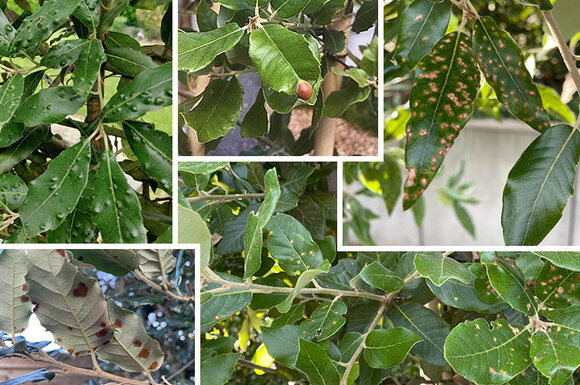Pruning Quercus ilex (Holm Oak): Guidelines and Considerations
Natural Form and Growth Habit Quercus ilex is an aesthetically valuable species, frequently exhibiting a multi-stemmed growth habit in its natural state. Its morphology is typically irregular, and it seldom produces a perfectly vertical central leader.
When planted in optimal conditions—with sufficient space for lateral and vertical development—crown pruning is often unnecessary. Only minor corrective measures, such as the removal of low-hanging or structurally weak branches, may be warranted.
Enhancing Canopy Structure Selective thinning can be applied to increase light penetration within the canopy. This technique promotes a dynamic interplay of light and shade in the surrounding landscape, enhancing visual appeal and ecological function.
In addition to maintenance pruning aimed at preserving the tree’s natural architecture, Quercus ilex also lends itself well to formal topiary pruning, akin to Fagus sylvatica or Carpinus betulus.
Juvenile Phase Management In young trees, intensive formative pruning during the initial years post-transplant is advised. Substantial foliage reduction contributes to improved structural stability—particularly relevant in urban or avenue planting contexts.
Ornamental and Structural Pruning Holm oaks in public or high-design landscapes may undergo architectural pruning to highlight branching structure and spatial rhythm. This stylistic approach prioritizes visual clarity and sculptural form. Consultation with arboricultural specialists is recommended for optimal implementation.
Pruning Quercus ilex Trained as Espalier
In small gardens, a minimal screen thickness is preferred to ensure sufficient light transmission and avoid the oppressive visual effect common with dense hedging.
For a denser screen, prune back to approximately 2 cm from the node—this will typically elicit two new shoots. When cutting closer to 1 cm, only one shoot is expected to regenerate.
Pruning Multi-Stemmed Quercus ilex
Basal shoots on individual stems may be retained or removed depending on aesthetic objectives. To emphasize the multi-stemmed structure, these epicormic growths should be pruned. This can be done at any time of year with no significant impact on the tree's vitality.

